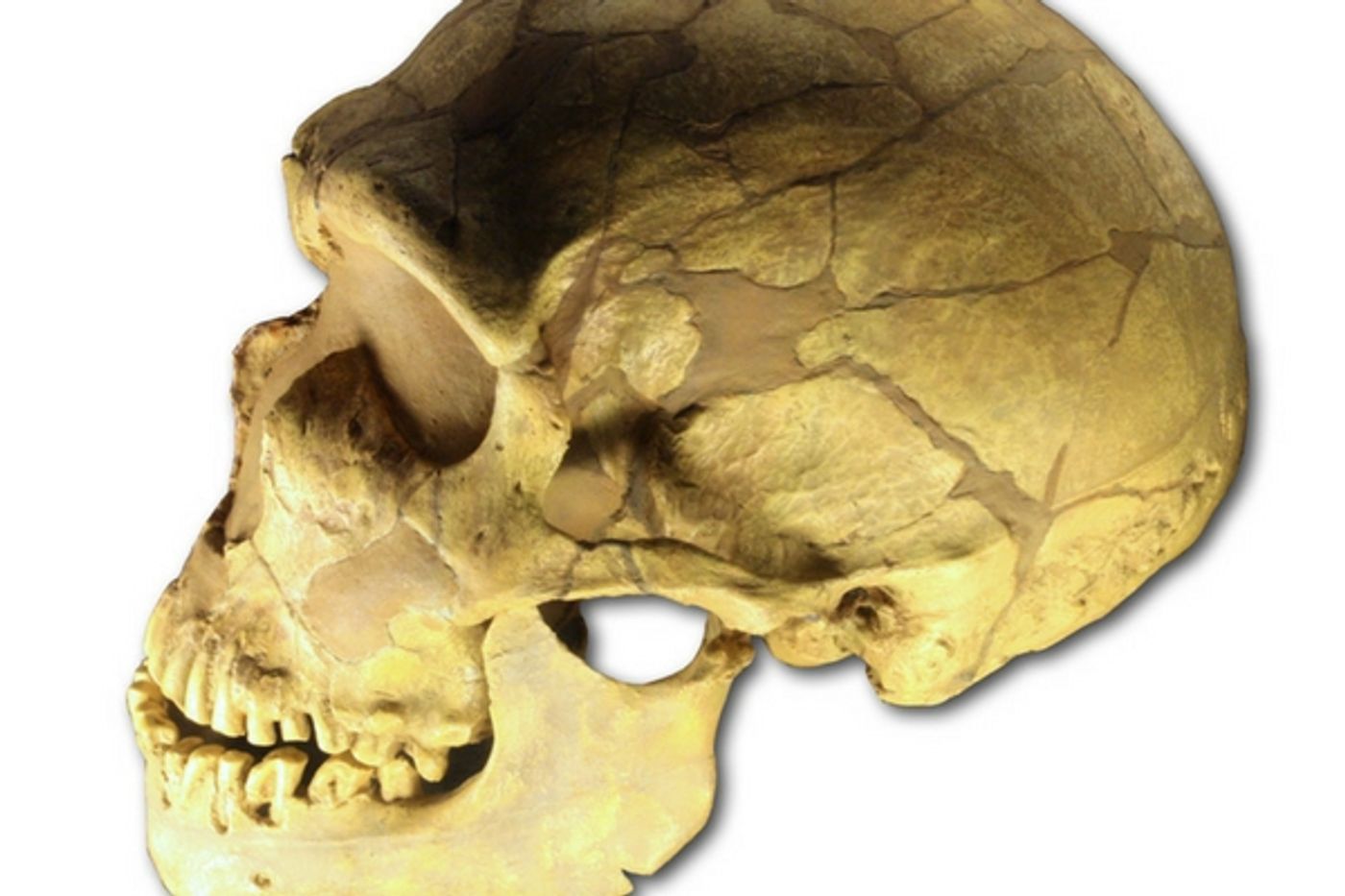In the millions of years of evolution, humans developed strong muscles for hunting and gathering, digestion to get the most nutrients from food and the skills to make tools for all their needs. All of these traits however were controlled by the human brain and new research on the evolution of the brain shows that, as it developed, there was an increasing need for blood flow. While size does matter in some areas, in terms of evolution, the brain didn’t get bigger just in relation to increased intelligence but rather to accommodate the blood flow necessary for the brain to function.

Blood flow is fuel to the brain. When the brain has to perform more tasks, more energy is needed. As brains grew larger, more blood had to be directed to the tissue so it could perform adequately. A group of scientists at the University of Adelaide in Australia, led by physiologist Roger Seymour, collaborated with colleagues at the Brain Function Research Group and Evolutionary Studies Institute at the University of the Witwatersrand in South Africa. Together they have published their research on blood flow to the early hominid brain and it shows how critical blood flow is in brain development.
In order for blood vessels to reach the brain they have to go through holes in the skull bones, but since the skull has to protect the brain these holes cannot be too large. They must be almost exactly the size of the vessels. The team in Australia focused on the carotid arteries. It’s these arteries that bring most of the blood to the brain. The brain can be an energy drain, requiring 20 to 25 percent of the energy the body generates so it needs a large amount of blood.
The team examined several skulls from 12 hominid species from the last 3 million years, including Australopithecus africanus, Homo neanderthalensis and Homo erectus. They compared the volume of the brain, based on skull size with the diameter of the entrance hole for the carotid artery located at the base of the skull. The found that the bigger the brain, the more blood it required to function and therefore the larger the diameter of the hole where the carotid artery passed into the interior of the skull.
So what was this increased blood flow used for? Seymour says it was all about the nerve cells; the brain was busy creating new nerve cells as well as providing the energy for cells to fire more frequently. In a press release he stated, “Brain size has increased about 350% over human evolution, but we found that blood flow to the brain increased an amazing 600%. We believe this is possibly related to the brain’s need to satisfy increasingly energetic connections between nerve cells that allowed the evolution of complex thinking and learning. To allow our brain to be so intelligent, it must be constantly fed oxygen and nutrients from the blood. The more metabolically active the brain is, the more blood it requires, so the supply arteries are larger. The holes in fossil skulls are accurate gauges of arterial size.”
The research on the brain’s need for a larger supply of blood than previously thought could be a new avenue of research into how the brain works, how much energy it needs and how the earliest humans developed. In the following video, the science behind this study is discussed, take a look.
Sources:
University of Adelaide,
Science News,
Royal Society of Open Science









